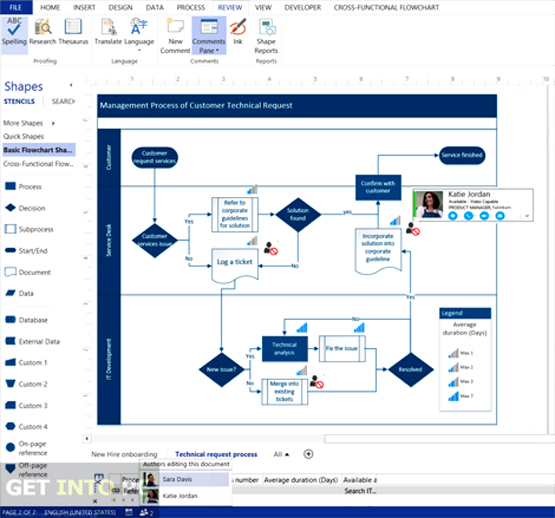
If you have MBR instead of GPT or legacy BIOS instead of UEFI, the live USB creation step will be different. This tutorial is tested on a UEFI system with GPT partitioning. The steps should be the same even if you choose some other desktop environment. In this tutorial, I am going to show the steps for installing Debian 11 Bullseye with GNOME desktop environment.

You may save your personal files, documents, pictures etc on an external USB disk or cloud storage if you want to use it later. Warning! This method removes all the other operating systems along with the data present on the disk. Your system should have at least 25 GB of disk space to function. You’ll have to get the Debian ISO according to your processor architecture. If you have 4 GB or less, try using KDE, Cinnamon or Xfce desktops.ĭebian also has both 32-bit and 64-bit architecture support. For example, the GNOME desktop environment could work on 4 GB RAM but it will work a lot better on 8 GB RAM. What kind of system specification you should have for Debian? It depends on the desktop environment you are going to use. It will wipe out everything on this system, so please copy your important data to some other external disk.

Let me show the steps for installing Debian comfortably and easily. You may, of course, troubleshoot that, but it makes things unnecessarily complicated.ĭon’t worry.

Installing Debian from default ISO is problematic for new users


 0 kommentar(er)
0 kommentar(er)
